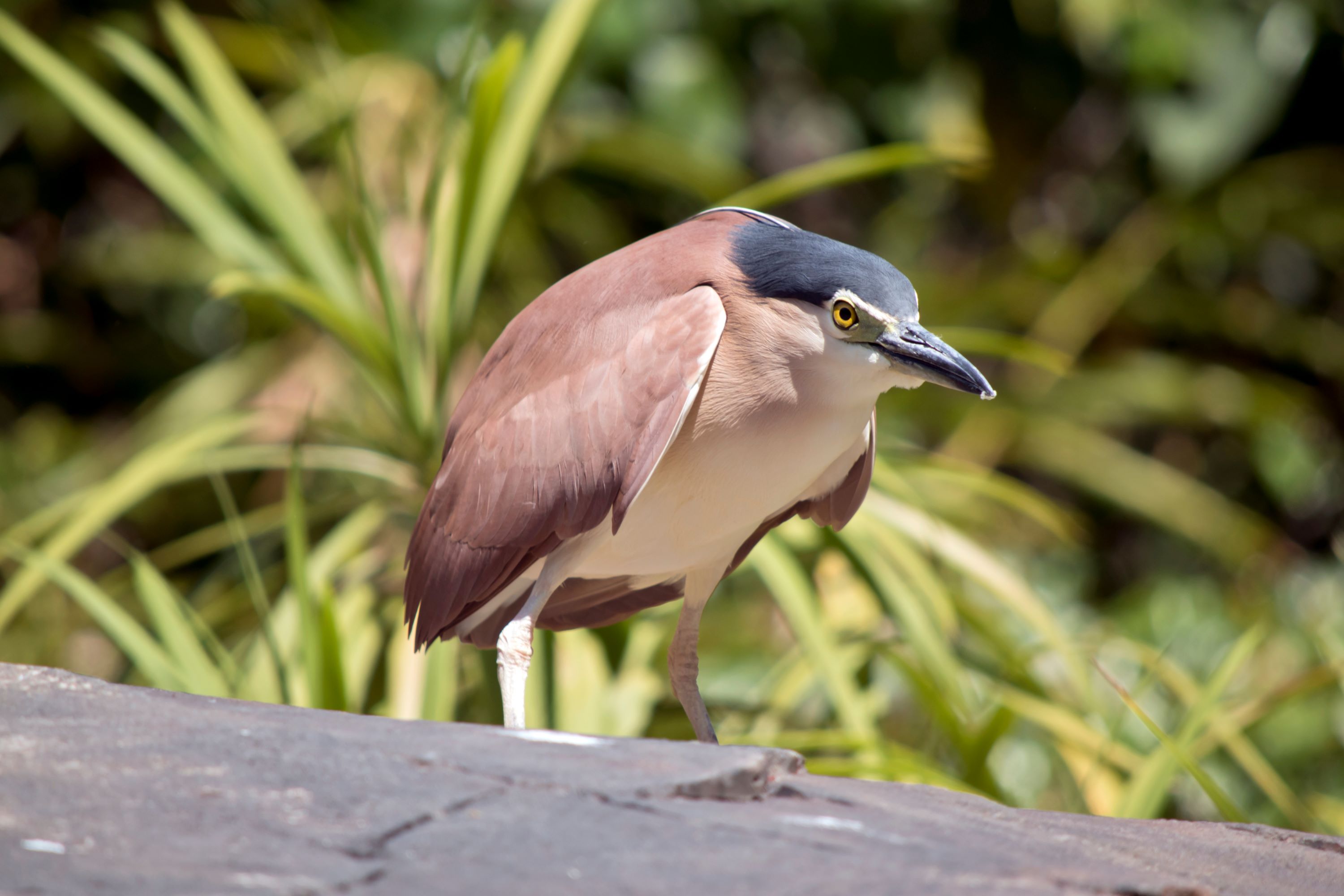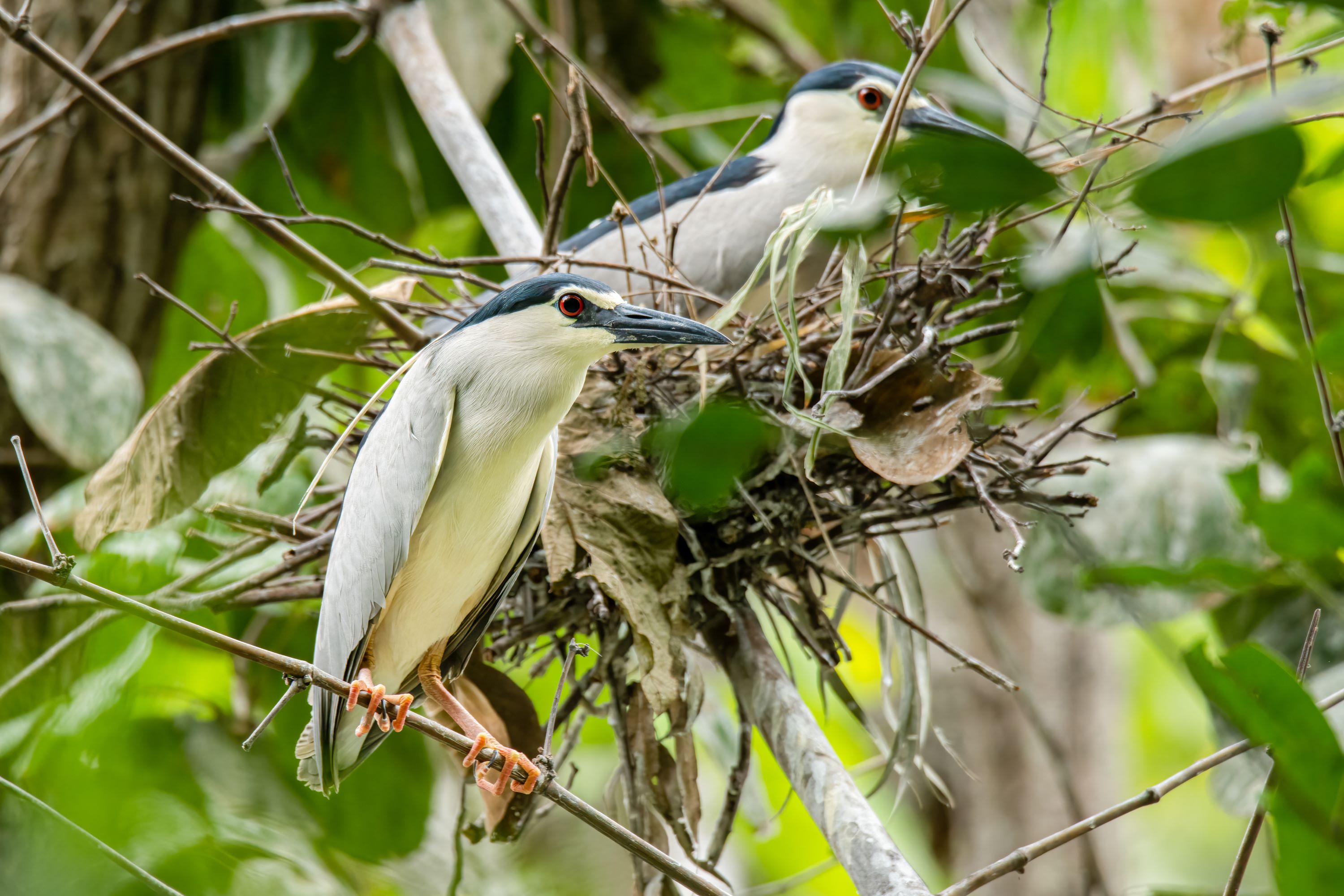
Nycticorax: The Night Herons of the World
Introduction to the Genus Nycticorax
Nycticorax is a genus within the heron family, Ardeidae, encompassing several species commonly known as night herons. These birds are named for their nocturnal habits and are found in varied habitats worldwide.
Physical Characteristics
Night herons of the Nycticorax genus are medium-sized herons with stocky builds, short legs, and thick necks. They are characterized by their large, red eyes adapted for nocturnal vision. Their plumage is typically dark, often with a mix of gray, black, and white, and some species display strikingly colored crowns.
Habitat and Distribution
Members of this genus inhabit a range of environments, from freshwater wetlands to coastal regions. They are found across the globe, with species native to North and South America, Europe, Asia, and Africa.

Behavior and Lifestyle
Night herons are known for their nocturnal behavior, spending the day in trees or dense vegetation and becoming active at dusk. They are generally solitary or found in small groups, especially during feeding.
Feeding Habits
Their diet consists primarily of fish, crustaceans, and small amphibians, although they also consume insects and small mammals. Night herons typically forage by standing still at the water’s edge, waiting to ambush prey.
Breeding and Nesting Habits
Nycticorax species breed in colonies, often with other heron species. They build nests in trees, bushes, or reeds, usually near water. The nests are made of sticks and other plant materials.

Egg Laying and Incubation
Females lay 2 to 5 eggs, which are pale blue or green in color. Both parents share in the incubation, which lasts about 21-26 days. The high nesting sites provide protection from ground predators.
Chick Rearing and Parental Care
Chicks are altricial, meaning they are born in an undeveloped state and require significant parental care. Both parents feed the chicks, which fledge the nest at around 6 to 7 weeks of age.
Vocalizations and Communication
Nycticorax herons are more vocal at night. Their calls include a series of loud, harsh croaks and squawks, used for communication within colonies, especially during the breeding season.

Conservation Status
While some species in the Nycticorax genus are widespread and not currently threatened, others face challenges due to habitat destruction and pollution.
Similar Species and Taxonomy
Within the Ardeidae family, Nycticorax herons are closely related to other night herons, like those in the genus Nyctanassa. They are distinguishable by their more robust build and specific nocturnal adaptations.
Nycticorax in Utah
In Utah, the Black-Crowned Night Heron (Nycticorax nycticorax) can be found in suitable wetland habitats. It is often seen in marshes, along rivers, and at the edges of lakes, particularly during the breeding season.

Conclusion
The Nycticorax genus plays a vital role in the ecology of wetland and coastal environments. These night herons are not only important as predators in their ecosystems but also serve as indicators of environmental health. Protecting the habitats of Nycticorax species is essential for maintaining the ecological balance and biodiversity of these areas.
Species in the Genus Nycticorax:
- The Black-crowned Night Heron - Nycticorax nycticorax
- The Nankeen Night Heron - Nycticorax caledonicus